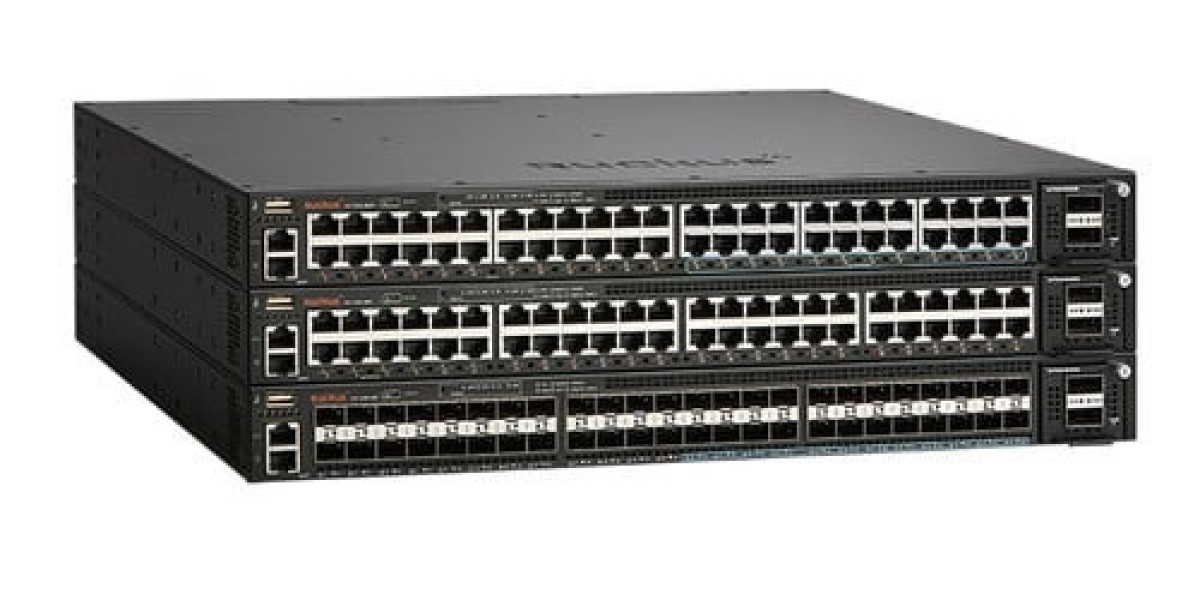In today’s rapidly evolving digital landscape, the concept of a converged network has become increasingly significant. A converged network integrates multiple types of communication services into a single, unified infrastructure, offering a range of benefits including improved efficiency, cost savings, and simplified management. This article delves into the key aspects of converged networks, their advantages, and how they are transforming modern communication.
What is a Converged Network?
A converged network is a network architecture that consolidates various communication services—such as voice, data, and video—into a single network framework. Traditionally, these services operated on separate networks: voice communications used the Public Switched Telephone Network (PSTN), data used local area networks (LANs) or wide area networks (WANs), and video communications used specialized video conferencing systems. By converging these services, organizations can streamline their communication processes and reduce the complexity of network management.
Key Benefits of Converged Networks
Cost Efficiency: One of the primary benefits of a converged network is cost savings. By integrating voice, data, and video services into a single network, organizations can reduce the need for multiple, separate infrastructures and associated maintenance costs. This consolidation lowers operational expenses and simplifies budgeting, as all communication services are managed within one network framework.
Simplified Management: Managing a converged network is more straightforward compared to handling multiple disparate systems. With a unified infrastructure, IT teams can streamline network monitoring, troubleshooting, and maintenance tasks. This simplification leads to faster issue resolution and a more efficient use of IT resources.
Improved Scalability: Converged networks offer enhanced scalability, allowing organizations to easily add or modify services as their needs evolve. This flexibility is crucial in today’s dynamic business environment, where the demand for additional bandwidth, new applications, and expanded communication capabilities is ever-increasing.
Enhanced Performance: By integrating different types of communication into a single network, organizations can optimize resource usage and improve overall network performance. Converged networks can leverage advanced Quality of Service (QoS) mechanisms to prioritize traffic and ensure that critical applications receive the necessary bandwidth and low latency.
Increased Collaboration: Converged networks facilitate better collaboration by providing seamless access to voice, video, and data services. Employees can easily switch between different communication modes, such as making a voice call, participating in a video conference, or sharing documents, all within the same network. This enhanced connectivity fosters improved teamwork and productivity.
Future-Proofing: Investing in a converged network infrastructure helps future-proof an organization’s communication systems. As new technologies and applications emerge, a converged network can more easily accommodate these advancements, ensuring that the organization remains up-to-date with the latest innovations in communication technology.
Implementing a Converged Network
Implementing a converged network involves several key steps:
Assessment and Planning: Begin by assessing your organization’s current communication infrastructure and identifying areas where convergence can provide benefits. Develop a comprehensive plan that outlines the goals, required resources, and potential challenges associated with the transition.
Infrastructure Design: Design the converged network infrastructure to accommodate the integration of voice, data, and video services. This design should consider factors such as network topology, bandwidth requirements, and security measures.
Technology Selection: Choose the appropriate technologies and solutions that align with your organization’s needs. This may include selecting network equipment, communication platforms, and software that support the converged network model.
Implementation and Integration: Deploy the converged network infrastructure, ensuring a smooth integration of existing communication services. Coordinate with vendors and service providers to facilitate the transition and minimize disruptions.
Testing and Optimization: Conduct thorough testing to ensure that the converged network performs as expected and meets the desired performance criteria. Optimize network settings and configurations to achieve the best possible results.
Training and Support: Provide training for IT staff and end-users to ensure they are familiar with the new converged network environment. Offer ongoing support to address any issues and ensure the network operates efficiently.
Conclusion
A converged network represents a significant advancement in communication technology, offering a unified solution that integrates voice, data, and video services into a single, efficient infrastructure. By embracing a converged network, organizations can achieve cost savings, simplify management, and enhance performance, all while fostering better collaboration and future-proofing their communication systems. As businesses continue to adapt to the digital age, converged networks will play a crucial role in driving innovation and efficiency in communication.
For more info. visit us:








